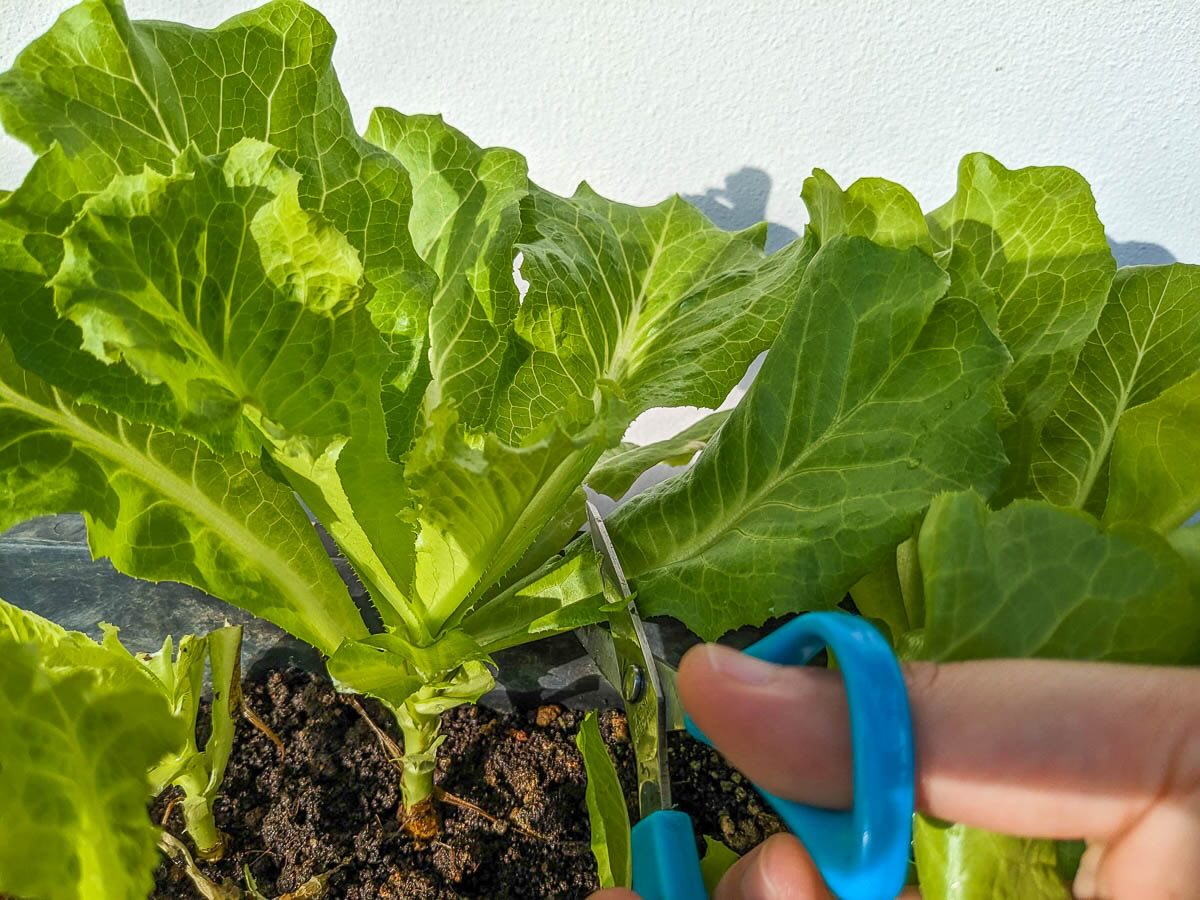
Cutting boards are essential tools in every kitchen, but how much do you really know about them? From the materials used to the best practices for maintenance, there's a lot more to these kitchen staples than meets the eye. Did you know that the type of cutting board you use can affect not only your knives but also your health? Wooden cutting boards have natural antibacterial properties, while plastic ones are easier to sanitize. Glass cutting boards might look sleek, but they can dull your knives quickly. Choosing the right cutting board can make a big difference in your cooking experience. Ready to learn more? Let's dive into 26 fascinating facts about cutting boards that will change the way you look at this everyday kitchen item.
What is Cutting?
Cutting, also known as self-injury, is a serious issue that affects many people. It involves intentionally harming oneself, often as a way to cope with emotional pain. Understanding the facts about cutting can help in recognizing the signs and offering support.
-
Cutting is a form of self-harm where individuals intentionally injure their skin with sharp objects like razors or knives.
-
It is often used as a coping mechanism to deal with overwhelming emotions, stress, or trauma.
-
Cutting is not a suicide attempt but rather a way to express or manage intense feelings.
-
People who cut may feel a temporary sense of relief or control after injuring themselves.
Who is Affected by Cutting?
Cutting can affect anyone, regardless of age, gender, or background. However, certain groups may be more vulnerable due to various factors.
-
Adolescents and young adults are the most common age groups affected by cutting.
-
Both males and females engage in cutting, though it is more frequently reported among females.
-
Individuals with a history of trauma, abuse, or neglect are at higher risk of self-harming behaviors.
-
Those with mental health conditions such as depression, anxiety, or borderline personality disorder are more likely to cut.
Signs and Symptoms of Cutting
Recognizing the signs and symptoms of cutting can help in providing timely support and intervention.
-
Unexplained cuts, scratches, or scars on the body, often on the arms, legs, or abdomen.
-
Wearing long sleeves or pants even in hot weather to cover injuries.
-
Frequent use of bandages or other wound care supplies.
-
Isolation from friends and family, and withdrawal from social activities.
Reasons Behind Cutting
Understanding the reasons behind cutting can provide insight into the emotional struggles faced by those who self-harm.
-
Cutting may be a way to express feelings that are difficult to put into words.
-
It can serve as a distraction from emotional pain or numbness.
-
Some individuals cut to feel a sense of control over their bodies and emotions.
-
Peer pressure or influence from friends who self-harm can also be a factor.
Myths and Misconceptions About Cutting
There are many myths and misconceptions about cutting that can lead to misunderstanding and stigma.
-
Myth: Cutting is just a phase or a cry for attention. Fact: It is a serious issue that requires understanding and support.
-
Myth: Only teenagers cut. Fact: People of all ages can engage in self-harm.
-
Myth: Cutting is always linked to suicidal intentions. Fact: While it is a sign of emotional distress, it is not necessarily a suicide attempt.
-
Myth: People who cut can stop easily if they want to. Fact: Cutting can be an addictive behavior that is difficult to stop without help.
How to Help Someone Who Cuts
If you know someone who cuts, offering support and understanding can make a significant difference.
-
Encourage them to talk about their feelings and listen without judgment.
-
Suggest seeking professional help from a therapist or counselor.
-
Offer to help them find alternative coping strategies, such as journaling or physical activities.
-
Be patient and understanding, as recovery from self-harm can take time.
Treatment and Recovery
Treatment and recovery from cutting involve addressing the underlying emotional issues and finding healthier ways to cope.
-
Cognitive-behavioral therapy (CBT) is an effective treatment for self-harm, helping individuals change negative thought patterns and behaviors.
-
Support groups and peer support can provide a sense of community and understanding for those recovering from self-harm.
Final Slice of Knowledge
Cutting boards, humble yet essential, play a vital role in our kitchens. From wood to plastic, each type has its own pros and cons. Wooden cutting boards are durable and naturally antibacterial, while plastic boards are easy to clean and often dishwasher-safe. Bamboo boards offer an eco-friendly option, though they can be tough on knives. Glass cutting boards look sleek but can dull blades quickly.
Remember, proper maintenance extends the life of your cutting board. Regular cleaning, oiling wooden boards, and avoiding cross-contamination keep your kitchen safe and efficient. Whether you're a seasoned chef or a home cook, choosing the right cutting board makes a big difference in your culinary adventures. So next time you chop, slice, or dice, you'll know exactly what surface to use. Happy cooking!
Was this page helpful?
Our commitment to delivering trustworthy and engaging content is at the heart of what we do. Each fact on our site is contributed by real users like you, bringing a wealth of diverse insights and information. To ensure the highest standards of accuracy and reliability, our dedicated editors meticulously review each submission. This process guarantees that the facts we share are not only fascinating but also credible. Trust in our commitment to quality and authenticity as you explore and learn with us.
